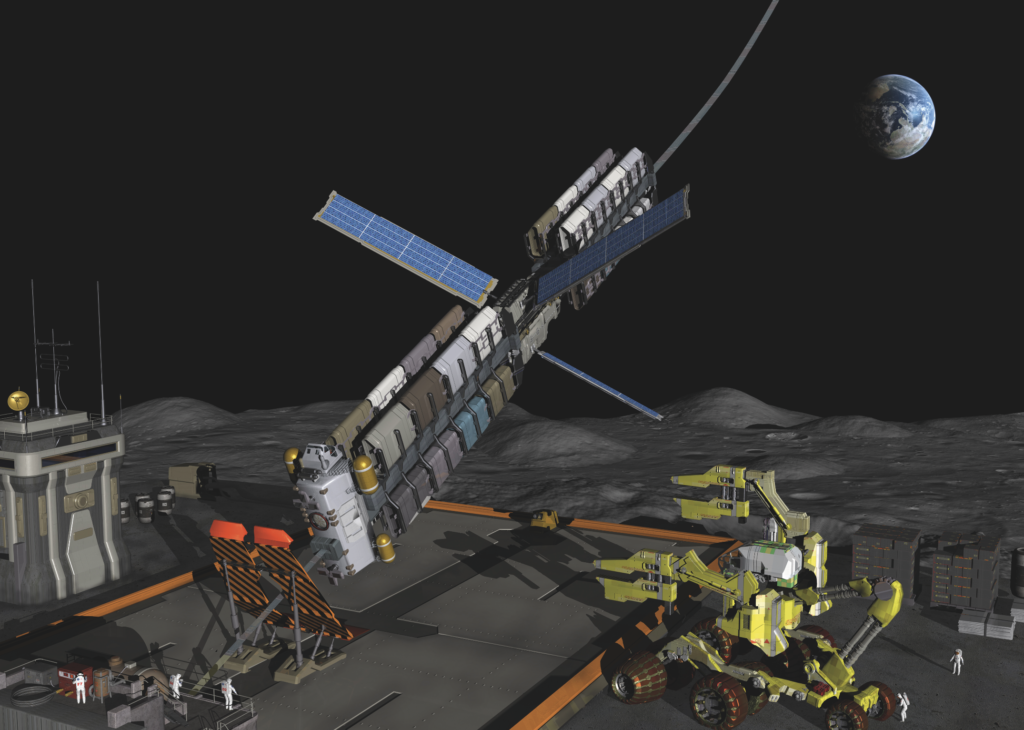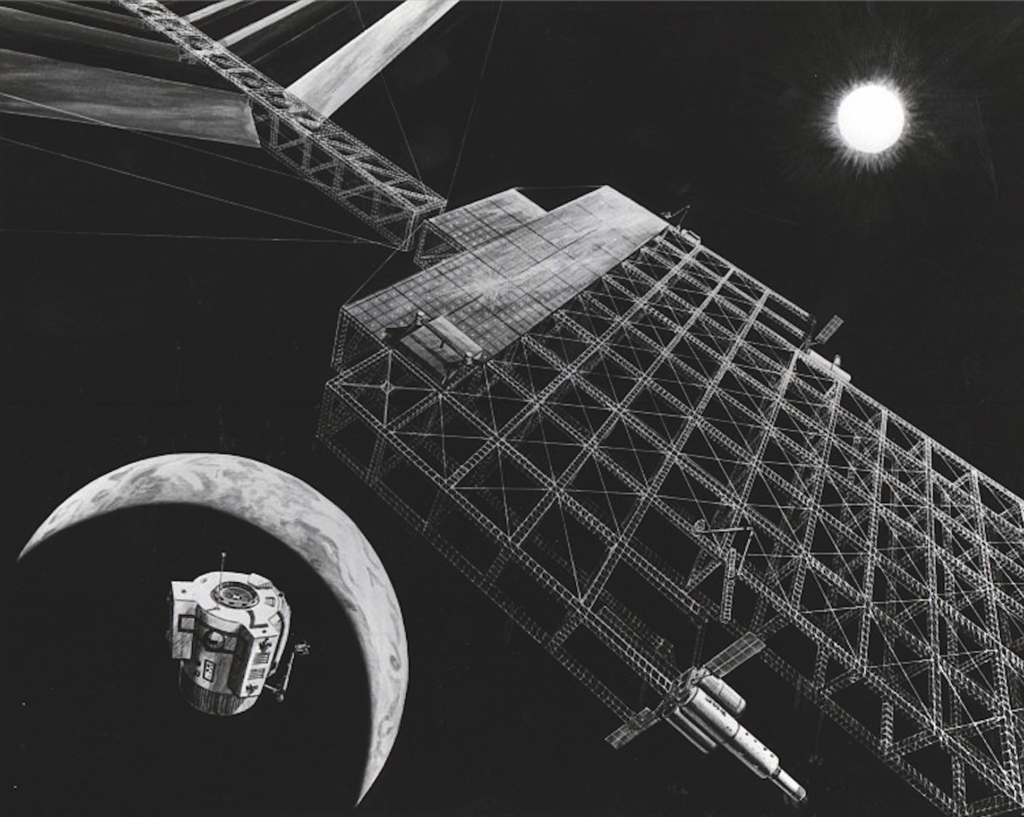How might space elevators work?
by Scott Dutfield · 26/09/2020
The idea of a lift to destinations beyond Earth’s atmosphere has been dreamt of by scientists for over a century

Travelling into space, a prospect which once seemed an almost impossibility, could one day be as simple as stepping into an elevator. The concept has been studied for decades, proposing to transport cargo into space. Aiming to eventually carry humans, they would provide a permanent and cheaper alternative to rockets.
Imagine getting into a lift, knowing you’ll reach your level a few days later, or even in a week’s time. Space elevators will consist of a cable that needs to be substantial enough to cover the 35,786 kilometres between the Earth’s surface and the edge of geostationary orbit – the point where satellites follow Earth’s rotation.
In the proposed design, a cable roughly 100 million times longer than its width attaches to an enormous orbiting counterweight. Gravity working on Earth pulls the cable downwards towards its surface, while the opposing centrifugal force pulls the counterweight outwards.
The concept of a space elevator was first described by Konstantin Tsiolkovsky in 1895, albeit much simpler. Inspired by the Eiffel Tower, he put forward the idea of building a tower high enough to reach into space. The theory made sense, but in practice it was flawed, as the bottom of the tower would be unable to withstand the weight above it. Using tension, the new cable system is more mechanically viable.
Unlike traditional elevators, space elevators won’t use moving cables to lift a platform. Instead they’ll use ‘climbers’, with people or objects inside, travelling along a single stationary cable. Many of these climbers would need to be moving at the same time and in both directions to prevent the vibrations disrupting their motion.
While there have been many proposed plans for the construction of space elevators, studies show that they are implausible until a suitable material that can support the tension created in such a huge contraption is found.
Solar space elevator power
These space elevators could have a further use in sourcing energy for Earth. Solar panels attached to these structures in space are able to absorb many times more energy than they would do on Earth. This is due to the Sun’s light in space being unfiltered. Clouds and other weather that obstruct the Sun’s rays from reaching a solar panel on Earth are not found past geostationary orbit.
These panels have the potential to generate large amounts of electricity that, rather than solely being used to transport climbers into space, could be supplied to stations and cities on Earth.

This article was originally published in How It Works issue 130, written by Ailsa Harvey
For more science and technology articles, pick up the latest copy of How It Works from all good retailers or from our website now. If you have a tablet or smartphone, you can also download the digital version onto your iOS or Android device. To make sure you never miss an issue of How It Works magazine, subscribe today!





